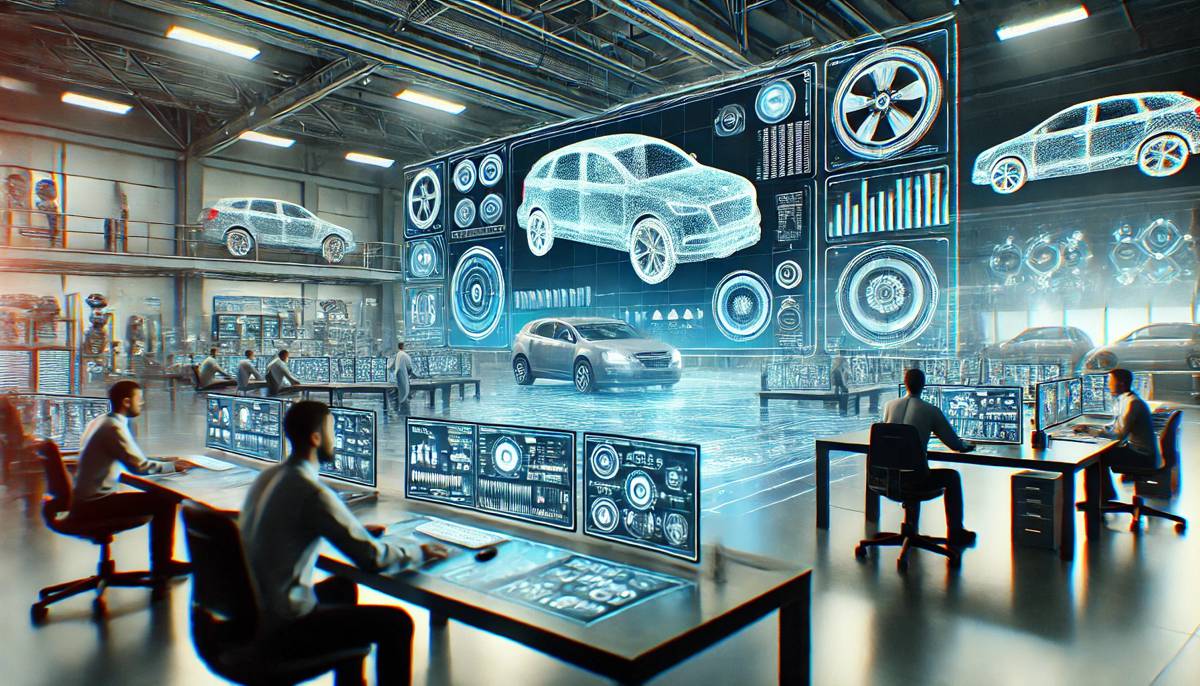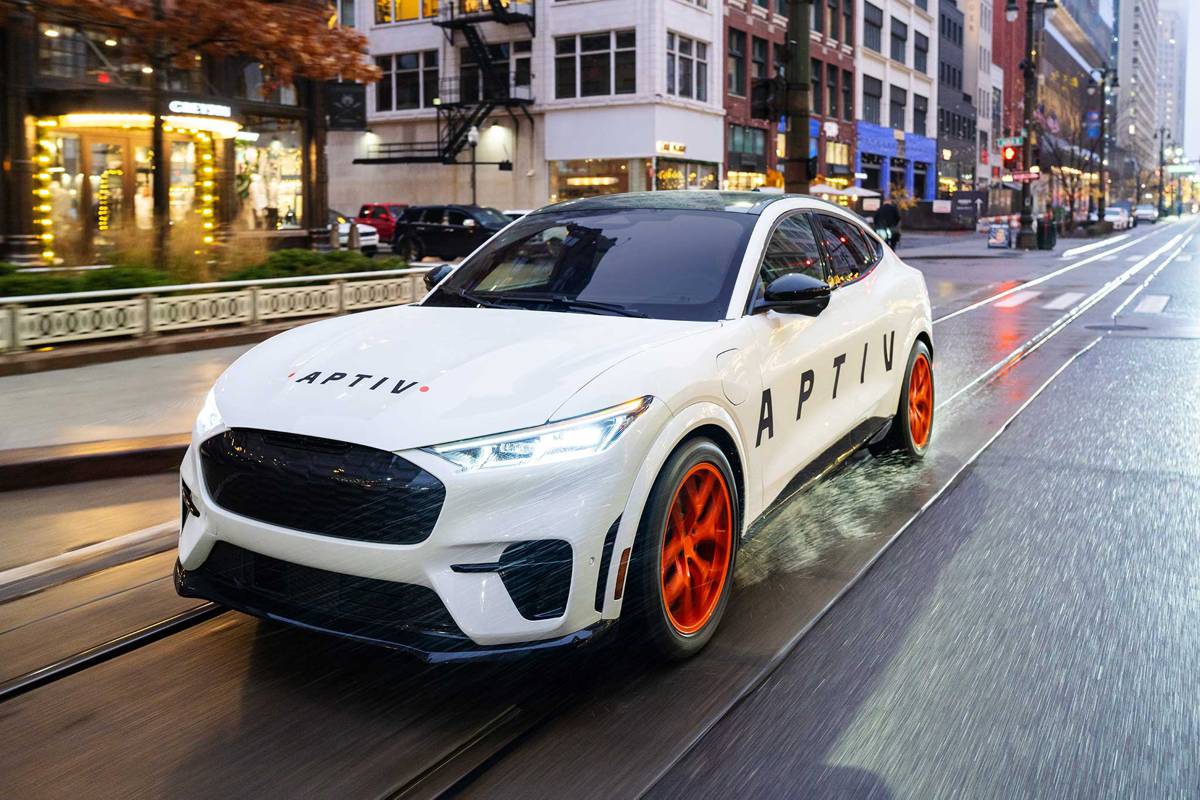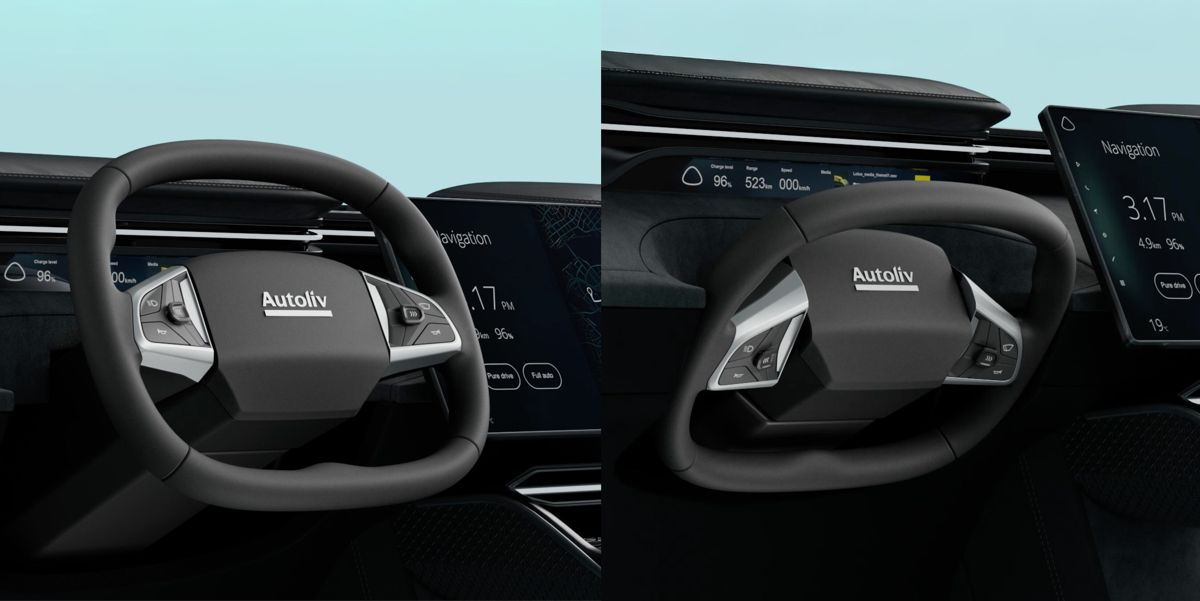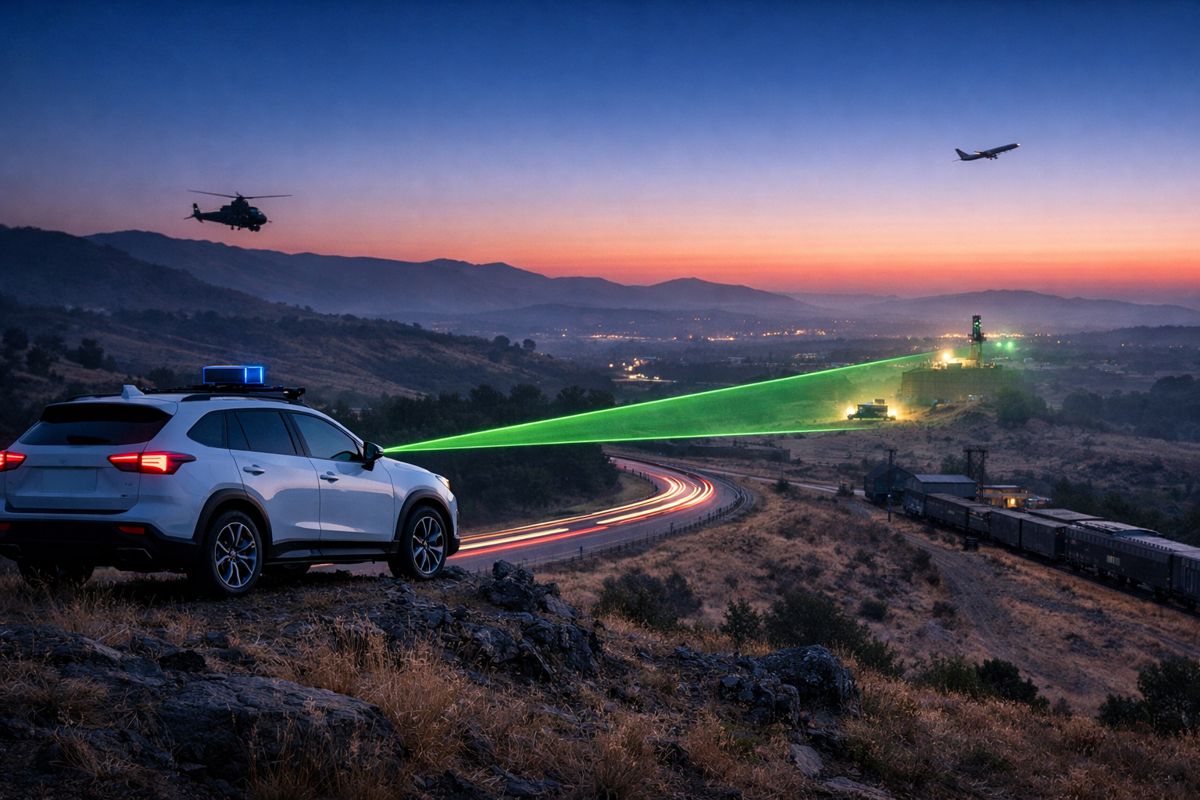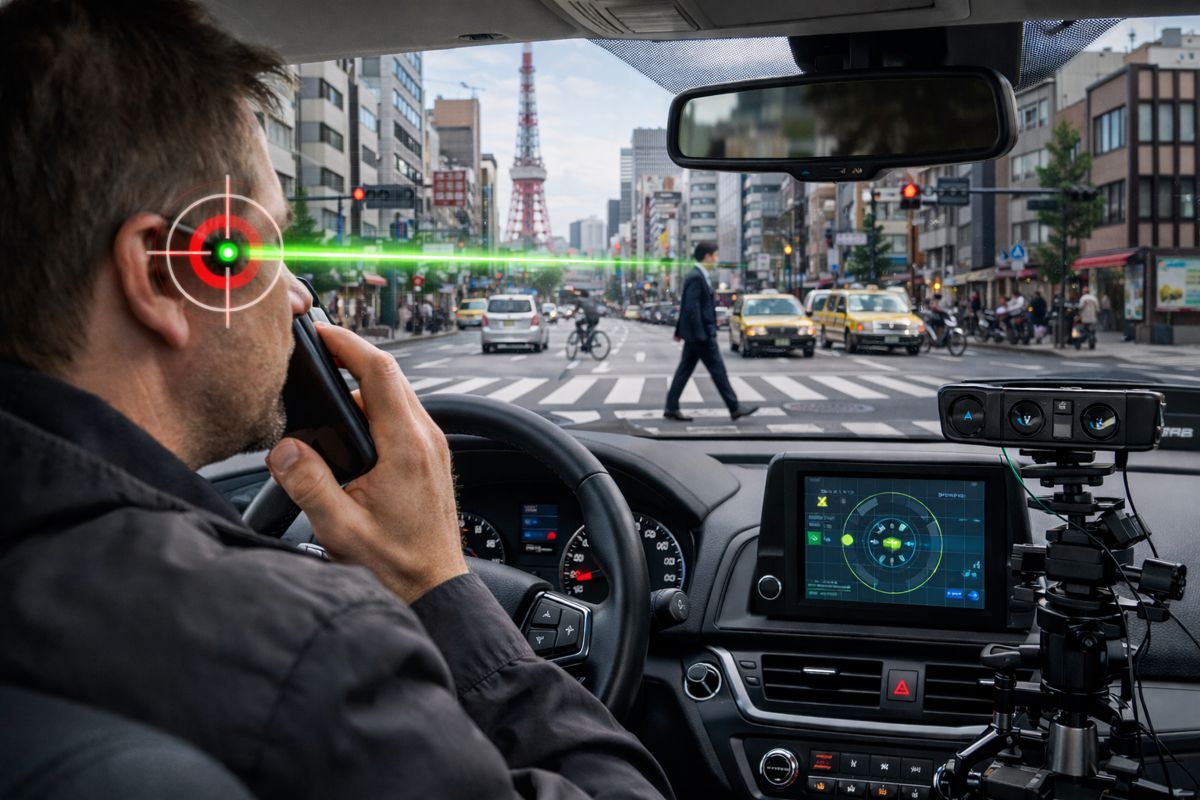Revolutionising Automotive Testing with AUTOSAR Simulator
The automotive industry is accelerating rapidly towards a future of connected vehicles, autonomous systems, and increasingly complex software architectures. In the midst of this transformation, security remains a paramount concern. Vulnerabilities in automotive software, if left unchecked, can have catastrophic consequences.
Fortunately, Code Intelligence has introduced a game-changing solution with its Classic AUTOSAR Simulator, designed to revolutionise how automotive suppliers test for security flaws without the need for expensive, cumbersome hardware setups.
This innovative tool is poised to reshape the landscape of automotive software testing, offering a faster, more scalable alternative to traditional methods. But what makes this simulator so significant, and why should automotive companies care?
A New Era in Automotive Software Testing
AUTOSAR (Automotive Open System Architecture) is the backbone of modern vehicle electronics, enabling standardised interfaces and systems for automotive applications. It’s used in everything from electronic stability control to infotainment systems. However, with increased complexity comes greater exposure to security risks, which can be exploited by cyber attackers.
Traditional Hardware-in-the-Loop (HIL) testing, though effective, can be time-consuming and costly. Testing security vulnerabilities across different components often requires the physical hardware to be present, slowing down development cycles. Enter Code Intelligence’s Classic AUTOSAR Simulator, which allows automotive suppliers to shift from hardware-dependant testing to an entirely software-driven approach.
With this simulator, automotive suppliers can now conduct thorough, scalable testing of AUTOSAR systems, uncovering bugs and vulnerabilities long before hardware becomes involved. This shift not only saves time and resources but also enhances the security and robustness of automotive systems.
The Advantages of a Software-in-the-Loop Approach
The Classic AUTOSAR Simulator allows developers to perform Software-in-the-Loop (SIL) testing. Unlike hardware testing, which requires actual vehicle components, SIL testing simulates the entire system in a software environment. This offers several distinct advantages:
- Cost Efficiency: Without the need for physical hardware, developers save on both time and resources.
- Faster Iterations: Bugs can be caught earlier in the development process, reducing the need for last-minute fixes.
- Scalability: The simulator can test complex systems across multiple platforms simultaneously, allowing for a broader range of tests.
“We can execute and fuzz code in a software-in-the-loop manner, automating the discovery of bugs as early as possible,” explained Dr Michael von Wenckstern, Product Cybersecurity Governance, Risk, and Compliance Specialist at Continental AG. “This ensures that Tier-2 suppliers deliver components free from critical vulnerabilities, such as buffer overflows.”
This early detection is crucial in today’s automotive landscape, where connected vehicles are becoming the norm.
Tackling Security Vulnerabilities with Whitebox Fuzz Testing
One of the standout features of the Classic AUTOSAR Simulator is its ability to perform whitebox fuzz testing. This type of testing exposes the inner workings of software to identify weaknesses that may not be visible through standard testing procedures.
By simulating real-world attacks, whitebox fuzz testing allows automotive developers to test the resilience of their software against various security threats. It’s especially useful for identifying vulnerabilities in systems that communicate with external interfaces such as Bluetooth or remote keyless entry—systems that could serve as potential entry points for hackers.
In addition to whitebox fuzz testing, the simulator supports other critical testing methodologies, including:
- Unit Testing: Verifying individual components of the software.
- Integration Testing: Ensuring that various components work together as expected.
- End-to-End Testing: Evaluating the entire system from start to finish.
With these tools at their disposal, developers can confidently identify and mitigate security risks before they impact the end user.
Bridging the Gap Between Speed and Security
One of the biggest challenges in automotive development is balancing security and speed. Traditional HIL testing can create bottlenecks in the development process, delaying product launches and complicating continuous integration (CI) workflows.
Code Intelligence’s AUTOSAR Simulator addresses this by enabling faster, more scalable testing without compromising security. According to Khaled Yakdan, Co-Founder and Chief Product Officer at Code Intelligence, “In an era where connected vehicles are the future, efficient and effective security testing is more critical than ever. Traditional hardware-in-the-loop testing methods are often time-consuming and lack scalability.”
By moving to a software-in-the-loop approach, automotive developers can seamlessly integrate security testing into their CI pipelines, ensuring that vulnerabilities are identified and resolved earlier in the development process. This leads to shorter development cycles and more secure products.
The Future of Automotive Software Testing
As the automotive industry continues to evolve, the need for robust security measures will only grow. Code Intelligence’s AUTOSAR Simulator is positioned at the forefront of this evolution, offering automotive companies a way to test systems efficiently, thoroughly, and cost-effectively.
By enabling system-level testing entirely in software, the simulator allows developers to focus on innovation while ensuring the security of their applications. The benefits are clear: faster development cycles, enhanced security, and the ability to ensure the reliability of automotive systems before they hit the road.
Looking ahead, Code Intelligence is set to present its Classic AUTOSAR Simulator during a live webinar on October 22nd, showcasing its capabilities and offering a glimpse into the future of automotive testing. This webinar, titled “How to Test AUTOSAR Applications for Security Issues and Bugs Without Hardware,” will provide valuable insights into how the simulator works and how automotive suppliers can leverage it to improve their security testing practices.
Embracing Change in Automotive Development
As the automotive world continues to integrate more connected and autonomous systems, the demand for secure, reliable software will only increase. Code Intelligence’s Classic AUTOSAR Simulator is not just a tool; it’s a forward-thinking solution that empowers developers to identify and address vulnerabilities before they become critical issues.
The company’s mission to automate software security testing using advanced AI technology is reshaping how automotive companies approach security. With clients like Google, Continental, and Toyota already on board, Code Intelligence is proving that scalable, efficient, and cost-effective software testing is no longer a distant goal—it’s here.
By adopting tools like the Classic AUTOSAR Simulator, automotive suppliers can stay ahead of the curve, ensuring that their systems are not only secure but also ready for the challenges of tomorrow.
